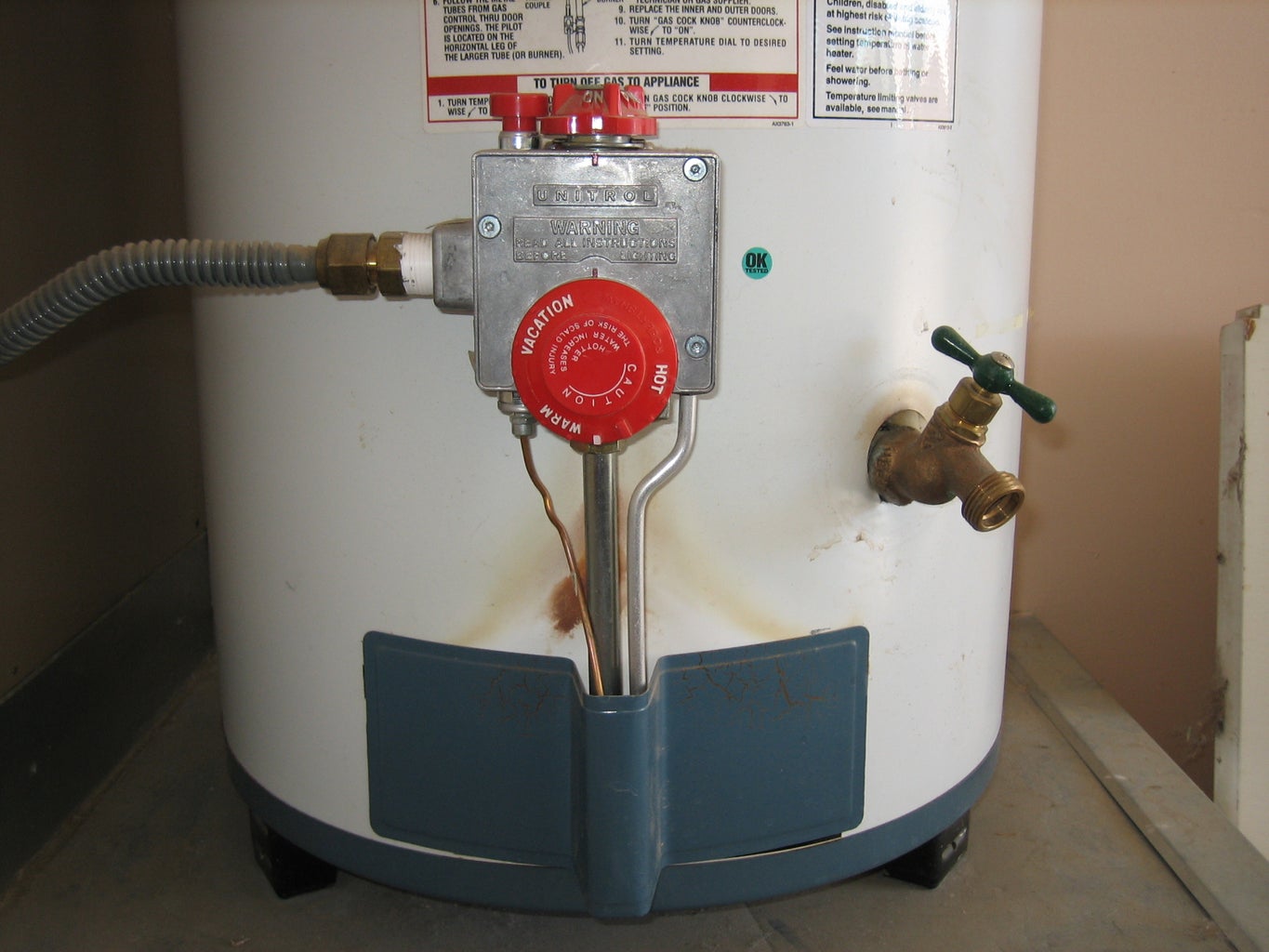Steps on How to Care for Your Home's Hot Water System Properly
Steps on How to Care for Your Home's Hot Water System Properly
Blog Article
Everyone is bound to have their own individual assumption when it comes to Water Heater Maintenance Tips You Can't Afford to Forget.

Hot water is vital for everyday convenience, whether it's for a rejuvenating shower or washing dishes. To ensure your hot water system runs efficiently and lasts longer, regular maintenance is key. This article provides practical tips and insights on how to keep your home's warm water system to stay clear of disturbances and pricey repair services.
Intro
Preserving your home's hot water system might seem daunting, but with a couple of straightforward actions, you can ensure it operates smoothly for years ahead. This overview covers whatever from comprehending your hot water system to DIY upkeep ideas and understanding when to hire professional aid.
Relevance of Preserving Your Hot Water System
Regular upkeep not just prolongs the lifespan of your warm water system yet likewise ensures it runs successfully. Ignoring maintenance can lead to lowered effectiveness, higher power expenses, and even early failing of the system.
Indicators Your Hot Water System Needs Upkeep
Understanding when your hot water system requires interest can prevent significant problems. Look out for indicators such as inconsistent water temperature level, odd sounds from the heating unit, or corroded water.
Flushing the Water Heater
Purging your water heater gets rid of sediment buildup, enhancing efficiency and lengthening its life.
Checking and Changing Anode Rods
Anode rods protect against rust inside the tank. Checking and replacing them when broken is important.
Facility Problems Calling For Professional Aid
Examples consist of major leakages, electrical troubles, or if your water heater is continually underperforming.
Routine Specialist Maintenance Perks
Professional upkeep can consist of extensive examinations, tune-ups, and guaranteeing conformity with safety criteria.
Inspecting and Changing Temperature Level Setups
Adjusting the temperature settings makes certain optimal efficiency and safety and security.
DIY Tips for Upkeep
You can execute several upkeep jobs yourself to maintain your warm water system in top condition.
Looking for Leakages
Routinely check pipelines and connections for leaks, as these can bring about water damage and higher expenses.
Recognizing Your Hot Water System
Before diving right into upkeep tasks, it's useful to understand the fundamental elements of your warm water system. Typically, this consists of the hot water heater itself, pipelines, anode rods, and temperature controls.
Regular Monthly Upkeep Tasks
Normal monthly checks can help catch minor problems prior to they intensify.
Examining Stress Relief Valves
Evaluating the pressure relief valve guarantees it operates appropriately and prevents excessive pressure accumulation.
Protecting Pipelines
Protecting hot water pipes decreases warm loss and can conserve power.
When to Call a Specialist
While do it yourself upkeep is beneficial, some concerns call for specialist expertise.
Verdict
Regular upkeep of your home's warm water system is essential for efficiency, longevity, and cost savings. By following these tips and knowing when to look for specialist aid, you can make certain a reliable supply of warm water without unanticipated disturbances.
How to Maintain an Instant Hot Water Heater
Before tinkering with your hot water heater, make sure that it’s not powered on. You also have to turn off the main circuit breaker and shut off the main gas line to prevent accidents. Also turn off the water valves connected to your unit to prevent water from flowing into and out of the appliance. 2. When you’re done, you have to detach the purge valves’ caps. These look like the letter “T†and are situated on either side of the water valves. Doing so will release any pressure that has accumulated inside the valves while at the same time avoid hot water from shooting out and burning your skin. 3. When the purge valves’ caps are removed, you have to connect your hosing lines to the valves. Your unit should have come with three hoses but if it didn’t, you can purchase these things from any hardware or home repair shops. You can also get them from retail stores that sell water heating systems. Read the user’s manual and follow it to complete this task properly. When the hosing lines are connected, open the purge port’s valves. 4. You should never use harsh chemical cleaners or solutions when cleaning your unit. Make use of white vinegar instead. It should be undiluted and you’ll probably use about 2 gallons. 5. Now flush your water heater. This task should probably take about 40 minutes. We can’t give you specific directions for this because the procedure is carried out depending on the type, model and brand of your heater. With that being said, refer to the user’s manual. 6. When you’re done draining the unit, you have to turn off the purge port valves again. Remove the hosing lines that you earlier installed on each of the water valves. Put the valve caps (purge port) back in their respective places and be very careful so as not to damage the rubber discs that are found inside these caps. 7. Now that everything’s back in place, check your user’s manual again to find out how to reactivate your water heating system. 8. Once it is working, turn one of your hot water faucets on just to let air pass through the heater’s water supply pipes. Leave the tap on until water flows smoothly out of it. https://www.orrplumbing.com/blog/2014/september/how-to-maintain-an-instant-hot-water-heater/

As a passionate person who reads about Water Heater Maintenance Tips You Can't Afford to Forget, I thought sharing that excerpt was a good thing. Sharing is good. Helping people is fun. Thanks for your time invested reading it.
Book Now Report this page